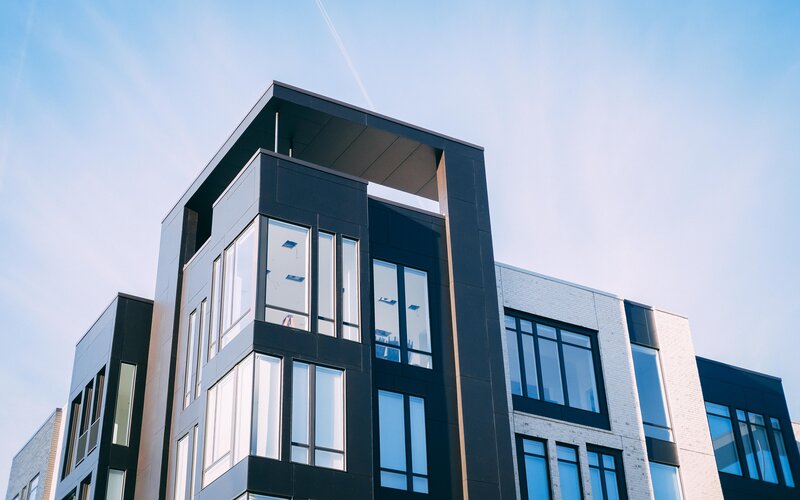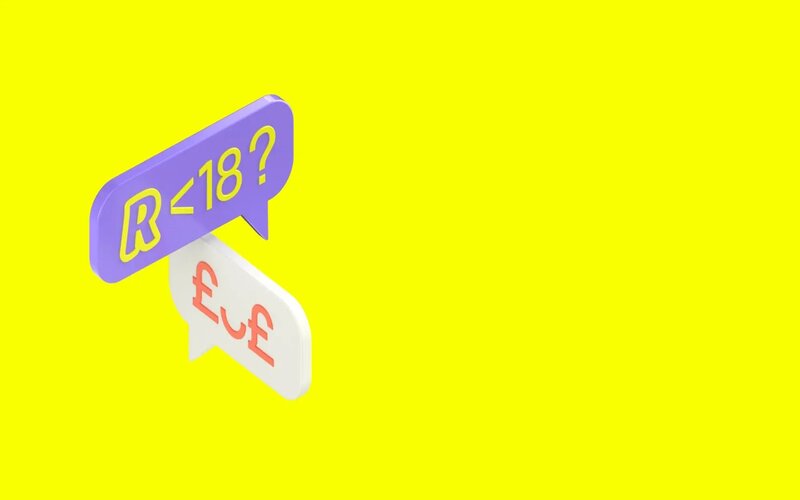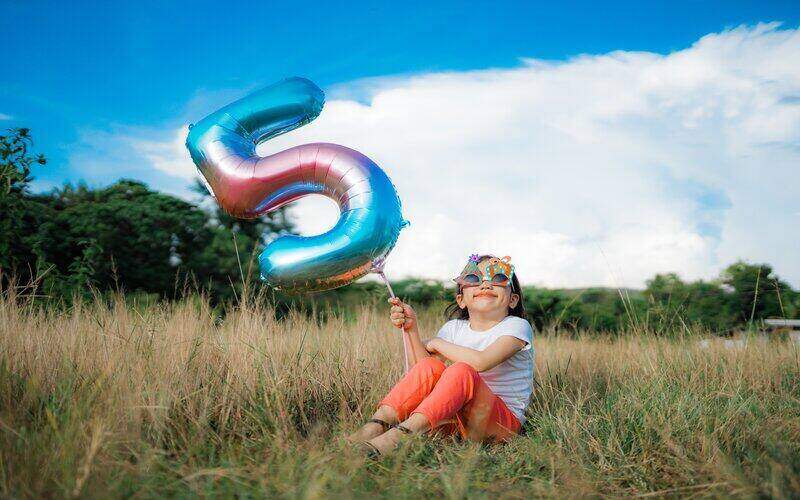The new features will provide customers with insights into their personal finance, new budgeting tools and the ability to track and categorise expenses, allowing for greater control of their money.
Following the acquisition of budgeting app MoneyBrilliant last year, Westpac's app enhancements consist of three main features: spend tracking; budgeting set-up and insights; and insights into top expenses.
Added features on the horizon include: bigger picture view with spending data from other bank accounts; tax-time help; and a carbon footprint tracker to help consumers make more environmentally friendly spending choices.
The new features will be rolled out over September for eligible Westpac accounts.
This comes after popular budgeting app Frollo binned screen-scraping, and after buy now pay later Zip axed budgeting app Pocketbook as a cost-cutting measure.
Westpac Consumer and Business Banking Chief Executive Chris de Bruin said the app announcement is another step forward in making banking simpler and more intuitive for its five million digitally active customers.
"Our customers are demanding more personalised insights into their spending and tools to manage their finances, particularly as the cost-of-living increases," Mr de Bruin said.
"We want to empower our customers by giving them more control over their money with faster and easier budgeting tools available on their smartphone.
"We want to empower our customers through enabling them to better understand where their money is going to help them reach their financial goals.
"These new features offer customers insights into their spending and income history over the last 12 months, breaking it down into categories such as groceries, kids, education, pets, and entertainment.
"It will also give customers better visibility of their spending on insurance, home, and personal loans."
The app announcement comes as Westpac conducted a survey of 2,000 people, and found that Australians are experiencing cost increases across the board, paying more for:
- Groceries (87%)
- Petrol (79%)
- Utilities (71%)
- Eating out (52%)
- Bills like phone & internet (51%)
- Transport (35%)
- Mortgage (30%)
- Rent (22%)
- Education costs (13%)
The data also showed Australians are looking at ways to earn more money and cut back on spending (84%) with almost four in five (76%) people believing digital banking will help them better keep track of their money.
A large portion said a feature that categorises spending would help them feel more in control of their money (72%), many also believe a banking app with budgeting tools would help them reach their financial goals (70%).
Two in three people (64%) also said they wanted personalised insights into their spending through their banking app.
Customer-owned banks warn consumers about the risks of new spending habits
Westpac’s rollout of new app features for budgeting also coincides with recent data released by the Customer Owned Banking Association (COBA).
The survey of 1,089 adults explored consumer spending habits and found that tap-and-go options are the top payment method (77%).
COBA opined that the prolification of tap-and-go disconnected consumers from the value of money, helping to drive risky spending habits - especially for those facing financial difficulties.
Among people who used tap-and-go:
- Those who were financially struggling or in serious difficulty were more likely to overspend than those who were financially comfortable or secure (44% vs. 35%), appear to also find it harder to keep track of spending (39% vs. 33%), or hesitate to use tap-and-go options (35% vs. 26%).
- More young people aged 18-34 compared to older people aged over 55 agreed that tap-and-go options make it easier to overspend (46% vs. 27%), harder to track spending (42% vs. 26%) and hesitate to use tap-and-go options (42% vs. 17%) compared to older people aged over 55.
BNPL in the spotlight as regulation looms
COBA's survey data also revealed that buy now pay later (BNPL) services were frequently being used by those already struggling financially or in serious difficulty, with 29% using BNPL services at least once a month.
Younger spenders were using BNPL services significantly, with 19% of younger people using BNPL at least once a week compared to 2% of older people.
COBA chief Michael Lawrence said the industry’s revised Code of Practice due to take effect 31 October will provide additional protections for those experiencing vulnerability, including those who are struggling financially.
"As behaviours change through technology use, it is important that we, as customer-owned banks, remain across what these behavioural changes mean for customers’ financial health," Mr Lawrence said.
"Technologies such as digital payments services offer many benefits for customers, including a frictionless and convenient experience.
"However, as with any new technologies, understanding the impacts on consumer behaviour is essential to ensure consumers who are most vulnerable are supported."
The BNPL sector is also under scrutiny, with the Albanese Government planning to launch a review into the sector's inclusion in the National Consumer Credit Protection Act of 2009.
Advertisement
Need somewhere to store cash and earn interest? The table below features savings accounts with some of the highest interest rates on the market.

- Bonus rate for the first 4 months from account opening
- No account keeping fees
- No minimum balance
Image by Rendy Novantino via Unsplash.






 Harry O'Sullivan
Harry O'Sullivan
 Harrison Astbury
Harrison Astbury

 Jacob Cocciolone
Jacob Cocciolone
 Rachel Horan
Rachel Horan

